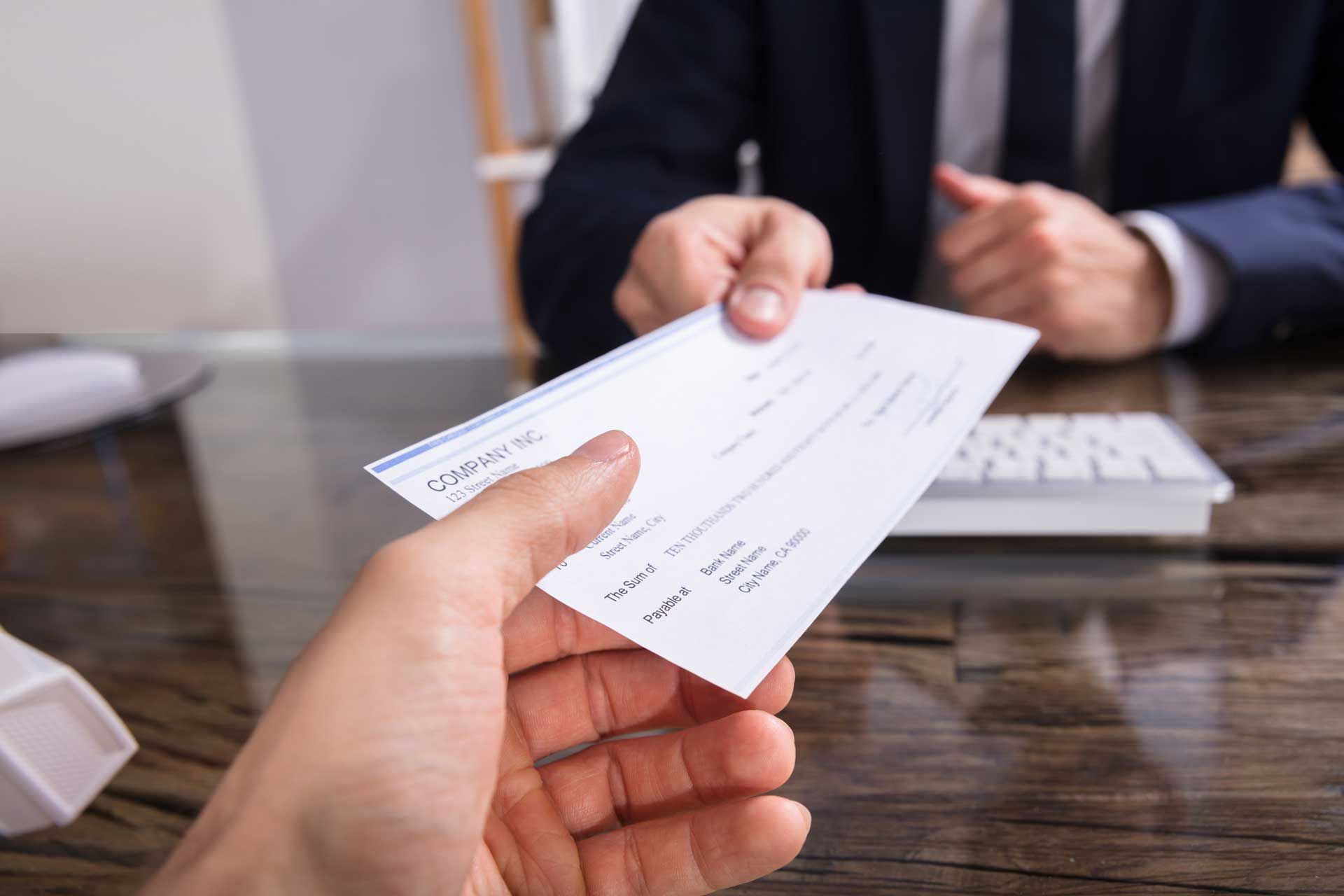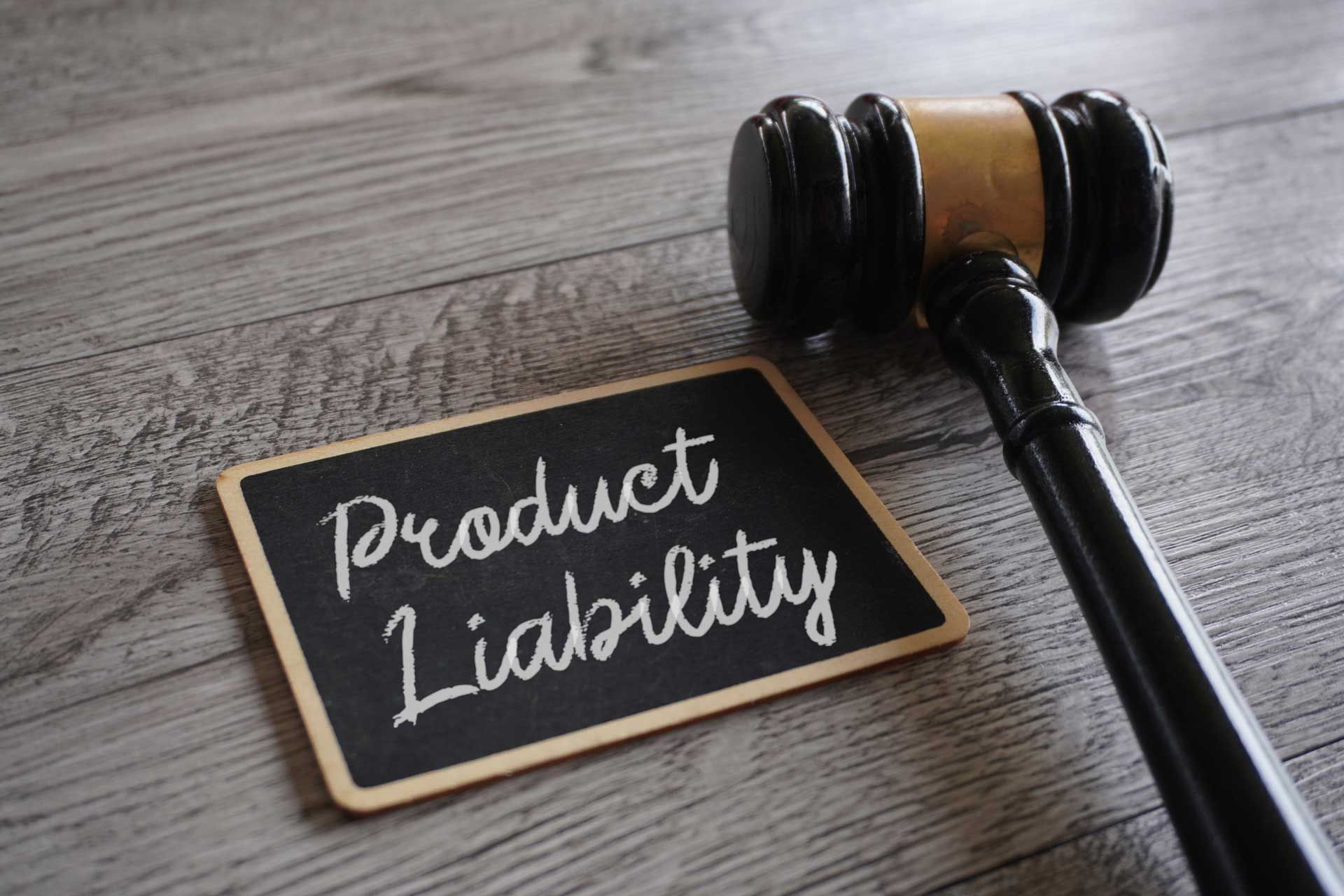How Sales and Use Tax Impacts the Value of Your Business
Sales and Use Tax Planning for 2022
A very simple axiom I follow is that not all tax savings are beneficial to your company. The oddity of the federal income tax is that the more money you make, the more you pay in taxes. Thus, any time you increase your income, you also pay out more in income tax, and this reduces your overall net cash flow. If you try to minimize taxes, as most small business owners do, you have to be able to report less income to lower taxes, and most of the means you have for doing so also reduce cash flow.
In short, income taxes are basically a trap to most businesses that cost them needed cash flow and distributions to owners that deprive them of resources to grow the business or take more profits for personal use and benefit. The income tax system is designed to take away from profits and use it to redistribute earnings as the government sees fit. It’s a tax on success – quite literally.
The longer-term trap for moderately successful small businesses who carefully manage their tax bills from year to year is that it reduces the long-term value, or the going concern value of the company. Whether the owner accomplishes through the redirection of cash outside the business, as many do, through the maximization of certain expense items that have questionable benefit to the company’s growth or profitability, as most do, or just through sound tax planning practices, anytime income taxes drive decision making, the business must decide to trade off valuable cash flow, which in turn affects the long term valuation of the company, in place of increasing profitability and net company valuation.
The correlation between net reported earnings and enterprise valuation is simple and direct. An average of net cash flows over a period of years is used as the base line for company valuation at any fixed point in time. The number is factored by an industry multiplier that tells the company how much it actually worth based on a number of “turns”, i.e. years the type of business should take to earn all of the profits that justify its total cost. Thus the higher the cash flow, the greater the company value, and the lower the cash flow, the less the company value.
Of course then, if you are pulling money out to avoid higher taxes, the cash flow and valuation both go down. But it is also true that as you pay more in taxes, you lower cash flow. Taxes are, after all, an expense of the business.
But what if there are types of taxes you could reduce without conversely harming your bottom line? What if there are taxes that are, more strictly speaking, just dead weight on your P&L (as it feels as if all of them are), and you could unload them without simultaneously hurting after-tax cash flow – or better yet, actually improving it?
Because sales and use taxes are not taxes on your income, you do not trade off tax savings for cash flow when you minimize them. Said differently, reducing exposure to sales and use taxes, ends up increasing net cash flow and you and your company are better off all the way around.
So if your only income and expense were: $1,000,000 in gross revenue, $100,000 in sales and use tax, and a 10% income tax on net income. Then you can see the following is true:
- Lowering income tax requires a reduction in cash flow and company value: If you incur other expenses to lower your income tax to zero, the business's net cash flow would also have to be zero ($0 = 10% of $0). While you may be able to enjoy some travel and entertainment as part of the tax reduction effort, the long-term value of the business will suffer nonetheless.
- General increases in cash flow also increase income tax exposure: Simply stated, if you go from $1,000,000 to $2,000,000 in gross revenue, but your expenses do not change, your income taxes will increase by another $100,000. Does anyone want to pay that?
- Lowering sales and use taxes, however, create a direct increase in net cash flow, and actually cut your overall (not income tax but overall) tax expense. As an example, let’s say you could eliminate sales and use tax altogether - $100,000 back to your bottom line. Now your pretax cash flow is $1,000,000, income tax actually does go up to $100,000 (10% of $1,000,000), but your overall taxes are down from $190,000 ($100,000 +90,000) to $100,000, and this after-tax cash flow is now improved by the $90,000 savings you’ve accomplished on your total tax bill.
If these were actual numbers, you would be receiving a 9% cash flow increase just by properly addressing your sales and use taxes. While real business savings may be considerably less than this amount, in every case, you will increase net cash flow, decrease overall tax burdens and enhance the long-term value of your company by properly addressing sales tax issues within your company.
It's something most businesses can ill afford to ignore. But once you realize cutting your sales and use tax expense is a win-win-win proposition, you still have to do the actual planning and execution, of course, in order to accomplish that goal.
In our next installment, we’ll discuss some ways you can accomplish this goal, without incurring any extraordinary expense in order to do so, and here’s a teaser: because the formulas for sales and use tax are so mathematical, using the right software to accomplish your goal can make it much easier than you might think.



